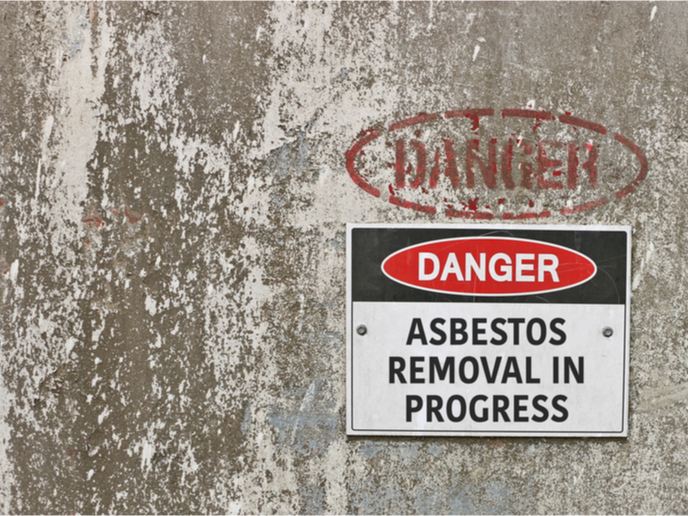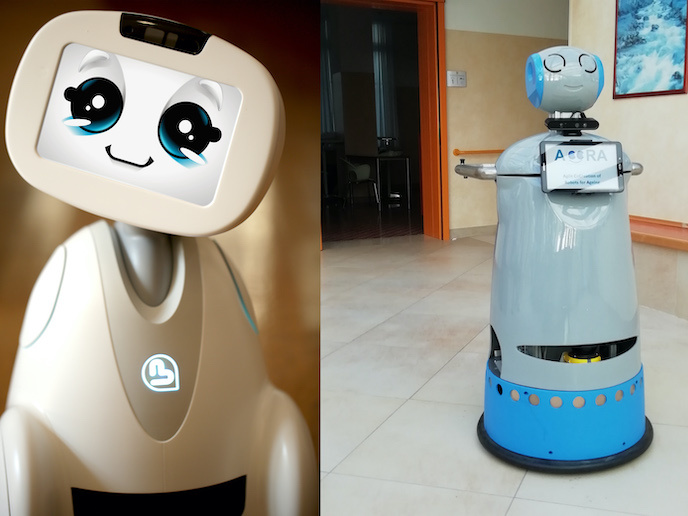Efficient signal acquisition
Compressed sensing (CS) is a new approach to digital data acquisition. Analogue signals are digitised for processing not through uniform sampling, but through measurements using more general test functions. The EU-funded project 'Compressive data acquisition and processing techniques for sensing applications' (COMPSENSE)(opens in new window) developed novel data acquisition and imaging techniques for emerging CS systems. With surface reflections being a major problem in CS sub-surface imaging, scientists provided a simple method using compressed measurements for non-planar surfaces. This imaging method proved to be more reliable and could find shallow targets by using removed data from surface reflection. The project presented a novel sparse ground-penetrating radar imaging method that is very effective for off-grid targets. The proposed technique was based on an iterative orthogonal matching pursuit (OMP) algorithm that uses gradient-based steepest ascent-type iterations to locate the target. Compared to standard sparse reconstruction techniques, more reliable results were obtained for multiple off-grid targets and with substantially fewer reconstruction errors. In addition, a novel perturbed OMP algorithm performed controlled perturbation of selected support vectors to decrease the orthogonal residual at each iteration. Regarding multi-sensor and distributed compressive sensing, the project team developed another new technique for estimating direction of arrival based on compressed measurements. Other methods for detection and estimation involved direct acquisition of CS data, extracting features or generating data without first reconstructing the signal. Work was also geared toward analysing CS energy efficiency on wireless sensor networks (WSNs). Energy dissipation models for both CS and conventional approaches were built and used to construct a mixed integer programming framework that jointly captured energy costs. Numerical analysis showed that CS prolonged network lifetime for sparse signals and was more advantageous for WSNs with a small coverage area. The project team posted several articles in journals and conference proceedings, in addition to giving presentations at workshops or seminars. A list of publications can be found on the project website.







